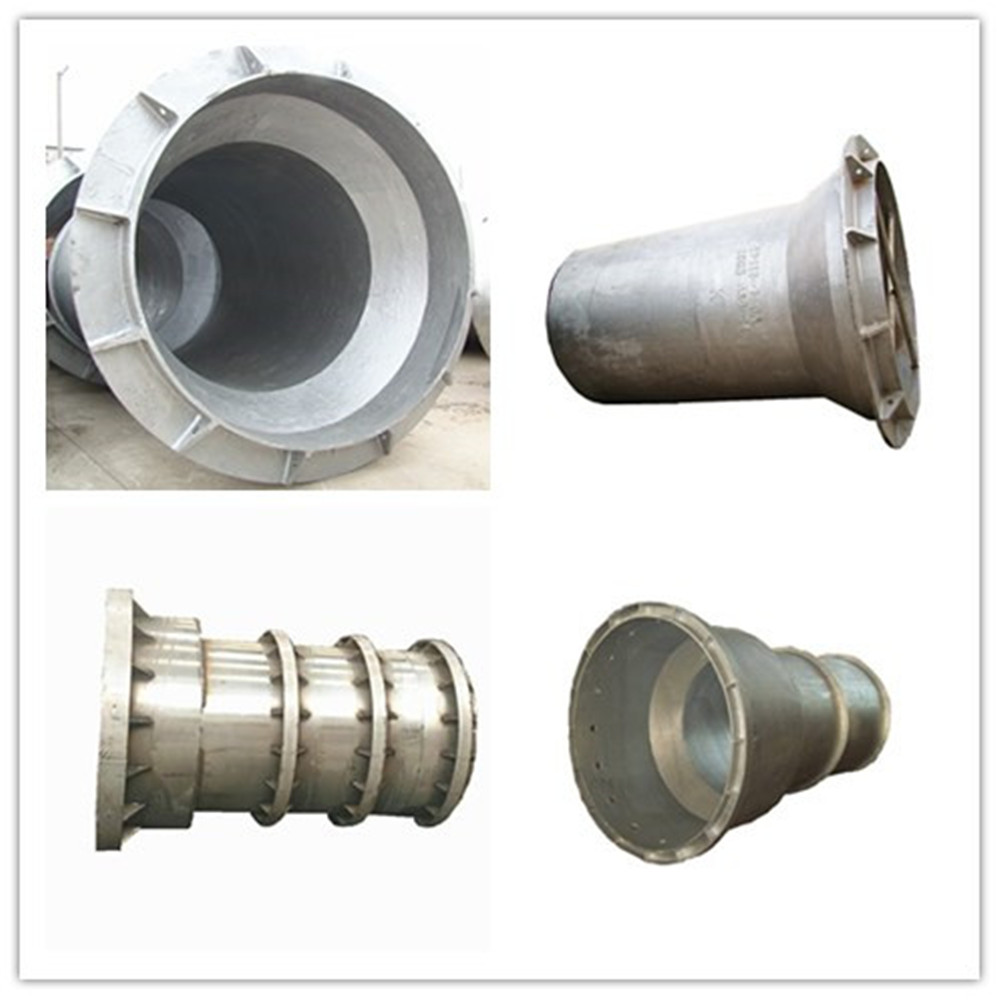CFB Vortex Finder,Boiler Spare Vortex Finder,Cyclone Separator in Boiler Jinan Yuanda Power Equipment Co.,Ltd. , https://www.boilermineralequipment.com The top region of the cyclone (called the vortex finder) where the combustion gases first impinge is exposed to temperatures averaging about 870°C. In addition to high temperature, the vortex finder is exposed to corrosion from acids, chlorides, sulfates, and other chemicals plus erosion from unburned refuse and sand.
The top region of the cyclone (called the vortex finder) where the combustion gases first impinge is exposed to temperatures averaging about 870°C. In addition to high temperature, the vortex finder is exposed to corrosion from acids, chlorides, sulfates, and other chemicals plus erosion from unburned refuse and sand.
How to Develop Domestic Auto Parts? Lessons from Global Leaders
Shen Hui, President of BorgWarner China, a leading global auto parts manufacturer, recently sat down for an exclusive interview with China Business News. He emphasized that while Chinese automakers have made great strides in building their own brands, the independent auto parts industry still lags significantly in terms of core technology and supply chain development.
Building Strong Domestic Brands
Currently, many domestic auto parts manufacturers are small-scale and lack technological depth. However, there are exceptions, such as companies like Xiaoshan Wanxiang, Shaoxing Wanfeng, Wenzhou Ruili, and Taizhou Yinlun in Zhejiang. Despite this, 80% to 90% of their exports go into the after-sales market, making it hard to enter high-margin, premium segments.
This is due to two main factors: first, the prevalence of "copycat" products has led to intellectual property issues in the aftermarket, which undermines innovation. Second, many small and medium-sized enterprises focus on short-term profits without long-term strategies or market planning.
Moreover, brand promotion is underfunded. Many suppliers prioritize immediate profits over investing in branding and R&D, which worsens the situation for larger companies. For example, despite certifications like US DTO and European ECE, many Chinese tire brands struggle to gain consumer recognition abroad.
Another issue is poor resource integration. In many foreign markets, auto parts companies play a crucial role, but in China, OEMs often dominate. This calls for better collaboration between suppliers and OEMs, supported by government initiatives.
Additionally, there's a significant gap in independent development within the industry. While the government encourages self-reliance in整车 (complete vehicles), it often overlooks the importance of parts and components. Shen Hui pointed out that without strong, independent auto parts brands, there can be no truly Chinese-branded vehicles.
“China hasn’t really focused on developing its own auto parts brands,†he said. “For the industry to thrive, we need genuine independent brands. Only then will Chinese automakers truly belong to China.â€
However, developing these brands comes with challenges. Many companies look to multinational corporations for inspiration, but real technology transfer is rare. Additionally, weak intellectual property protection makes it risky for companies to innovate, as their ideas can be easily copied and sold at lower prices.
Shen Hui admitted that multinational companies hesitate to invest in core R&D in China due to fears of technology leakage. To build strong brands, China must address talent shortages and IP protection, which are critical for long-term growth.
The Lessons from BorgWarner
Founded in 1880, BorgWarner specializes in engine and transmission systems. In 2005, the company reported sales of $3.2458 billion, up 23% year-on-year, with net profit rising 16.2%. Despite a downturn in the global auto market, BorgWarner managed to grow.
According to Shen Hui, the company’s success stems from several key factors. First, innovation and technology are central. By focusing on advanced technologies like dual-clutch systems, BorgWarner avoids price wars and maintains a competitive edge.
Second, healthy growth is essential. While many companies equate growth with sales volume, BorgWarner prioritizes profitability and new technology. This balanced approach ensures sustainable development.
Third, BorgWarner diversifies its customer base. Its largest client, Ford, accounts for only 8% of sales, reducing risk and increasing flexibility. In contrast, companies like Delphi, which relied heavily on General Motors, faced bankruptcy.
Looking ahead, BorgWarner aims to triple its global business in eight years and expects China’s business to grow 8–10 times in five years. Since 1993, the company has been active in China, including a joint venture with Beijing Jeep. Today, it’s setting up its sixth branch, each with investments ranging from $10 million to $25 million.
In conclusion, while challenges remain, the path to building a strong domestic auto parts industry lies in innovation, brand development, and strategic collaboration—lessons that can guide China toward a more self-reliant and competitive automotive sector.